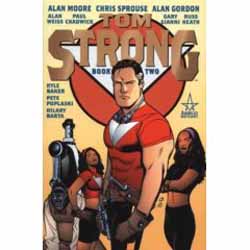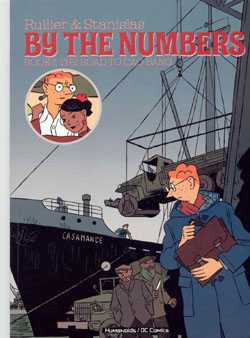
By Rullier & Stanislas (Humanoids/DC Comics)
ISBN: 1-4012-0385-X
I carp on about the overwhelming predictability and numbing sameness of the American comics industry an awful lot. In fact I sometimes wonder if I’ve become bigoted and provincial in my old age. After much soul-searching I’ve come to the conclusion that it’s not me, but everything else in the universe that’s wrong.
Seriously though, when it comes to comics and strips, America has historically had an unforgiving attitude to the non hero/horror/SF material, or even the just plain foreign. And before you mention Manga, think about just how many strips the Japanese (and Korean and Hong Kong Chinese etc. etc.) produce in an unbelievably broad number of genres and formats that we never see flopped and translated, especially without the support of a blockbuster toy/TV/card fad to give them a big push.
Huge kudos are then due to DC for linking up with the European publishers Humanoids (Les Humanoides Associes) on another attempt to bring some quality and variety to a fearfully moribund and declining market.
Laurent Rullier has been relating the human adventures of thrill-addicted accountant Victor Levallois since the 1980s. This first translated tale relates how a bored young office worker in 1948 find himself embroiled in a money-laundering scheme and ends up as a dissolute émigré in Indochina just as the Vietnamese begin their war against the occupiers of their country.
Artist Stanislas renders the real word in a powerfully engaging Naïve-ist style (which the back cover blurb laboriously likens to Hergé’s Tin Tin) to create a sharp, and compelling human drama that successfully plays against a powerfully iconic period of history.
I regret that even DC’s market clout couldn’t bring this sort of work to a broad enough comic community to sustain itself and generate some variety in the home crop, but maybe a few concerts might eventually open wide those floodgates..
English version © 2004 Humanoids Inc., Los Angeles (USA). All rights reserved.

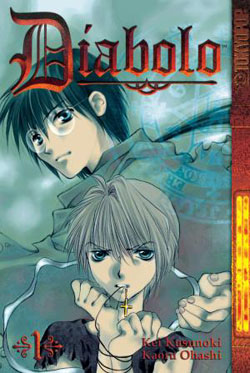
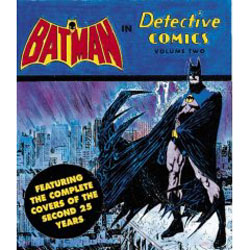
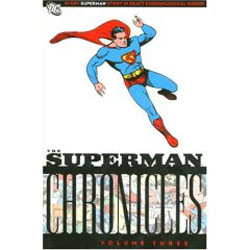
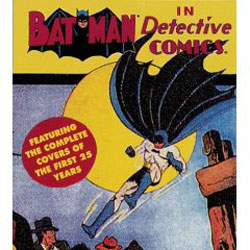
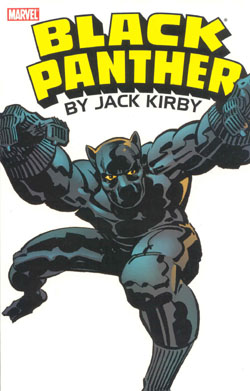
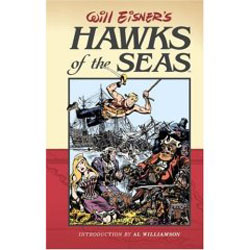
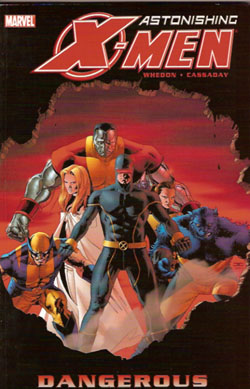
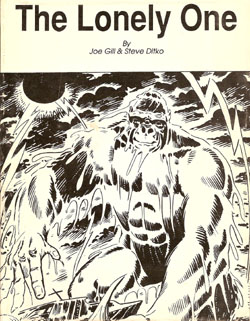 Â
 